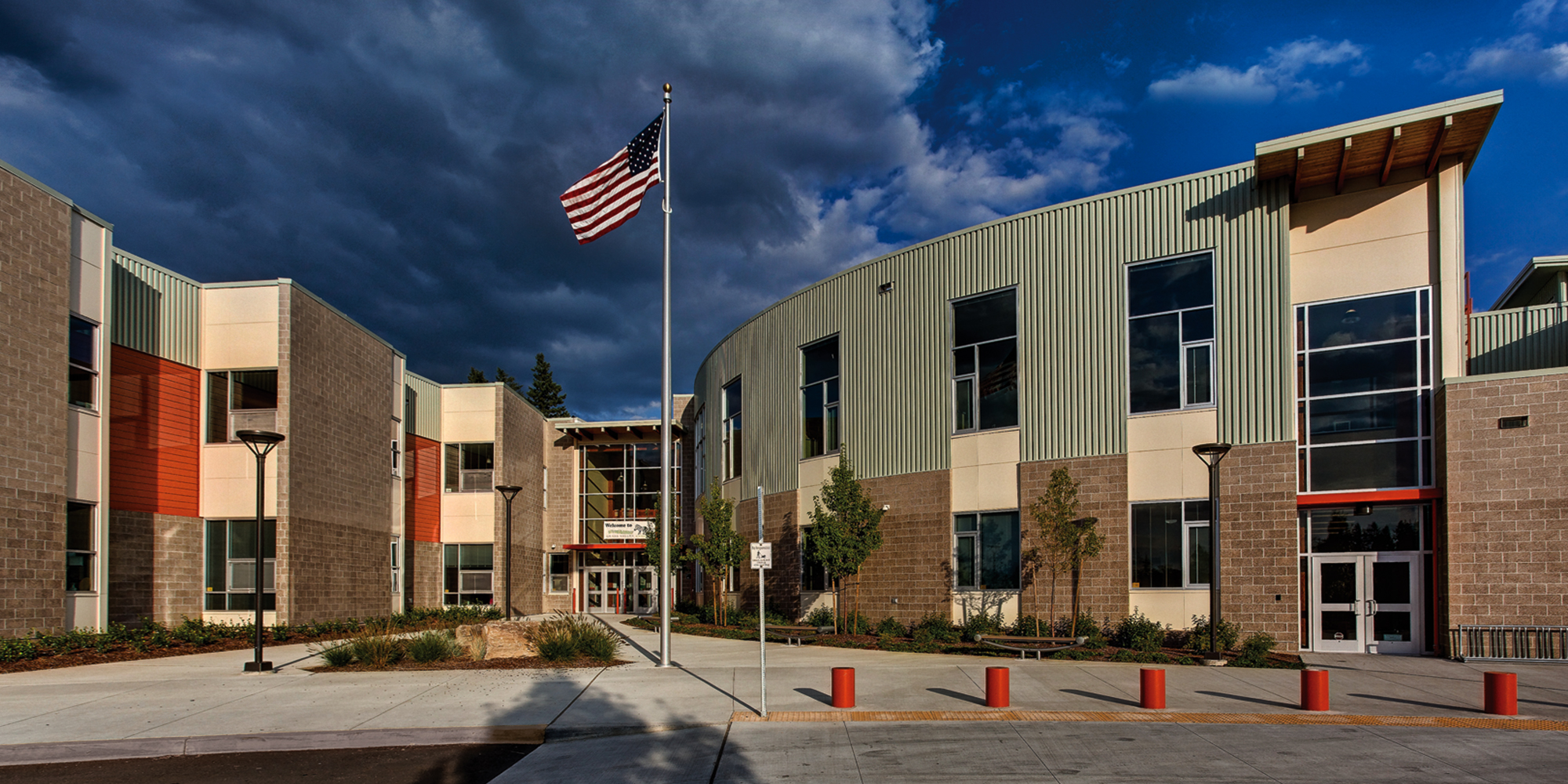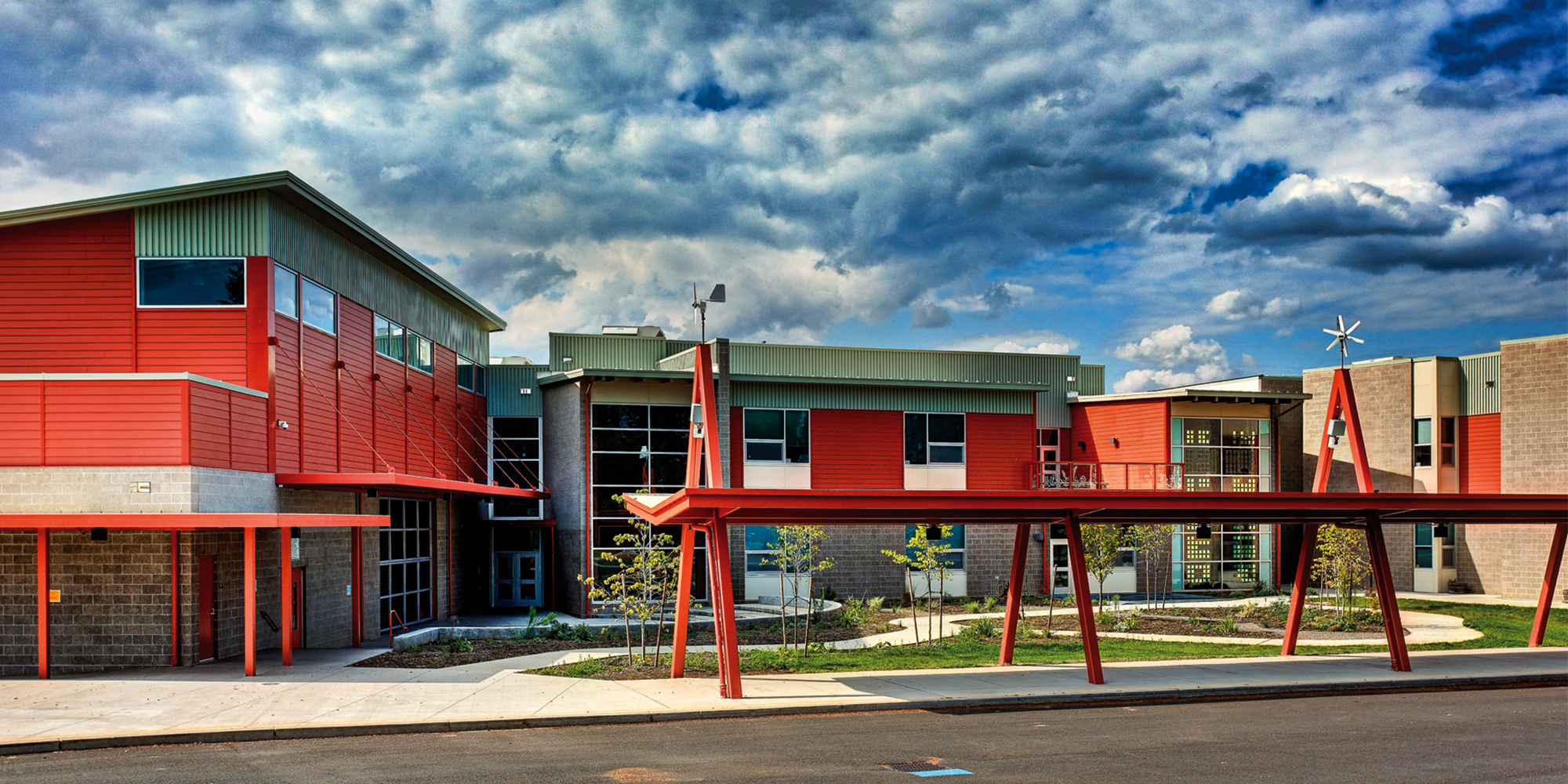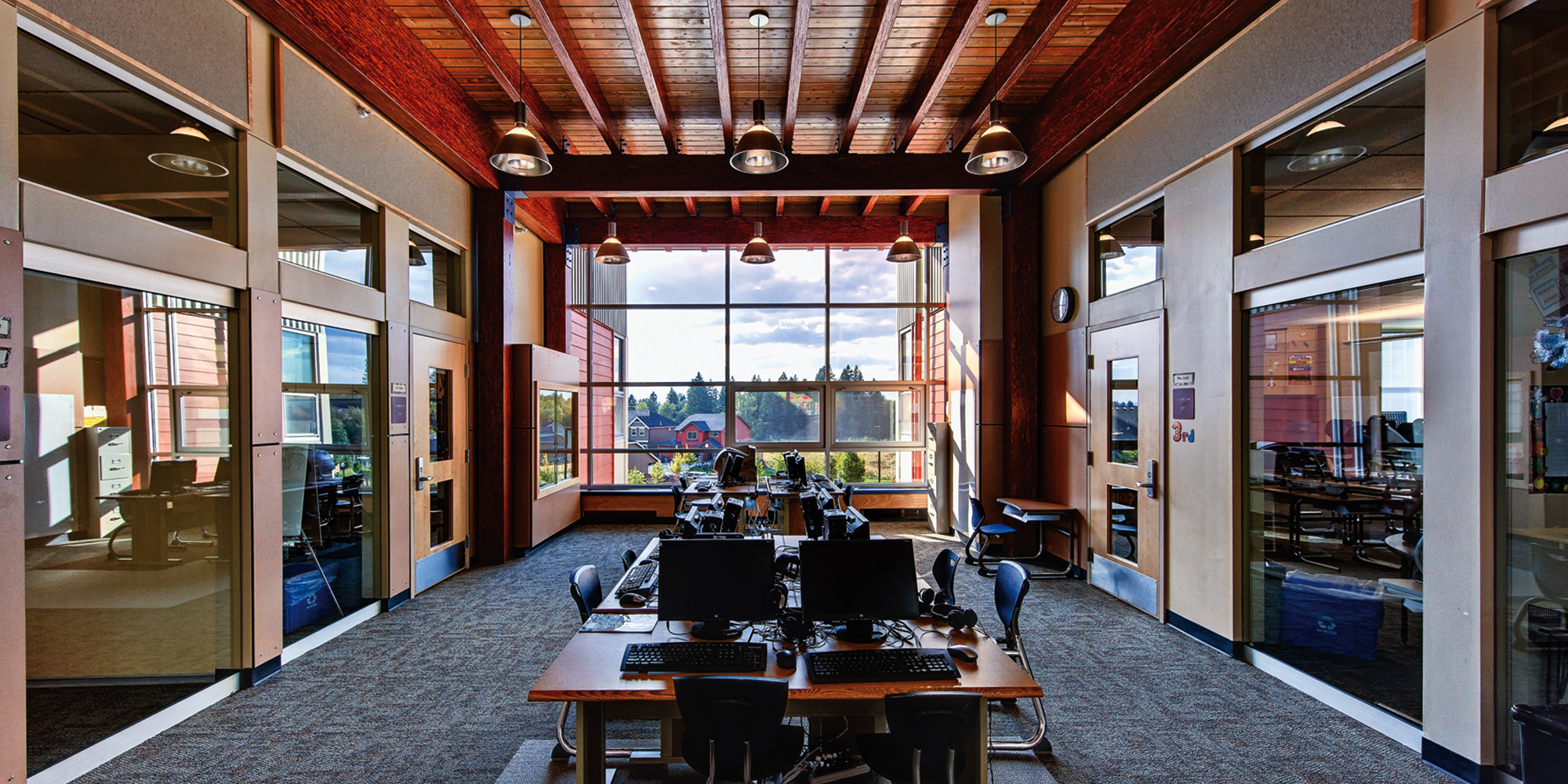Grass Valley Elementary School
IBI Group led the design of Grass Valley Elementary School in Camas, Washington, a neighborhood school with 600 students in grades K-5. Our design team worked directly with school and community stakeholders to collaborate on the building design concepts, including fostering a connection with the architecture among students in meaningful ways.
Client
Camas School DistrictLocation
Camas, WA


Student first design
Located in a newly-developed area of Camas, Washington, Grass Valley Elementary School was designed to be a neighborhood school with 600 students in grades K-5. Working directly with a design committee that included district administration, teachers, parents, and community members, the IBI design team led a process of creative exploration of architectural building concepts, as well as sustainable design strategies, including an eco-roof, solar and wind power, building orientation, and maximizing daylight and views throughout the 70,000 square foot building.
As the design evolved, a high degree of interest developed to connect students with the building architecture in meaningful ways – allowing them to see, interact, and learn from it each day while they are at school. Designed in collaboration with Canadian artist Sarah Hall, Grass Valley’s Garden Window integrates art and renewable energy technology by combining photovoltaic cells with di-electric and stained glass, fabricated to fit within the modules of an aluminum window frame. A custom low-voltage light fixture, powered by the energy captured by the window, is installed on an adjoining wall of the stairway, creating a visual link to the window that allows students to see the immediate result of the system.
Exterior materials and colors chosen for the school relate to the neighboring residences. Interior spaces were designed to mirror the comfort and safety of the home environment, offering a warm and welcoming feeling to students, staff and visitors. The most unique challenge for this project was the site, originally included as a component of the planned unit development for the surrounding neighborhood, and located at the interface of an older well-established neighborhood with the new development. The design team held a number of open-forum meetings with the neighbors and city planners to work out low-impact solutions for locating the building and playfields, a separated bus arrival and parking area, and the main access for vehicular traffic. The site borders a wetland and city park, which became assets for the school through careful attention and design of the overall site plan.



